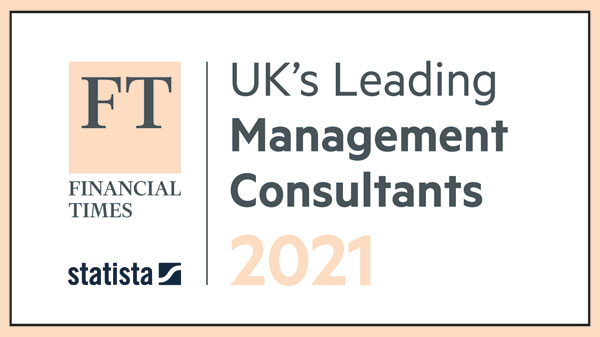Some people might remember a children’s puzzle known as dot-to-dot. Most pizza places give them out to keep their younger clientele occupied whilst the margheritas are baking. You’re faced with a series of numbered dots on a page, with odd-looking scribbles here and there, and the game is to follow the numbers with a pencil, join the dots and reveal the picture.
The same sort of puzzle exists for organisations – how to weave together insight from the external environment, business purpose and strategy, organisation operations and talent and capability management such that we can ‘see’ the whole picture and make clearer and more informed choices about how we manage things.
Most organisations I’ve come across tend to compartmentalise each area, usually as a result of a functionalised structure. Half the business looks out towards the market and the customer and half the business looks in to the operations and people; and there is often a lack of dialogue and connection between. This seems to have the counter-intuitive result of increasing complexity and organisational ‘treacle’ that makes everything unaccountably hard to get done.
However, organisations who do ‘join the dots’ and align across different parts of the business seem to reduce the frustration of ‘treacle-wading’ and things begin to flow and feel easier and simpler. I’ve seen the magic happen in two organisations I’ve worked with and the benefits were clear: organisation issues were not only identified but resolved, before they became crises; the leadership team understood how the whole organisation worked and so could make sensible decisions together; the impact, risks and benefits of various scenarios were better anticipated and collectively handled; costs were reduced as the organisation began to make iterative adjustments rather than big disruptive changes; innovation increased as customer needs were understood and anticipated with greater accuracy and relevant capability and capacity were duly created.
So how is this miraculous state achieved? To start you off, we recommend three simple practices:
- Find a friend – a bit like blind dating but less risky! Have coffee or lunch with one person you don’t know from a different department – every week. It might sound odd, but people love to meet up and love to talk about their stuff – especially when the other person is genuinely interested. We think you’ll be surprised at the insights you gain into what’s happening ‘over there’ that spark new ideas for your own area of responsibility. You may even invite someone outside your company who has an interesting perspective and start connecting more regularly with what’s going on ‘out there’. It’s a much more personal way of networking and only takes an hour a week.
- Dot-to-dot – like the puzzle, think of the dots as corresponding to different departments, roles, projects or people and the scribbles to areas that lack clarity in some way. The scale is different, but the goal is the same: to reveal the hidden picture of the organisation that connecting the dots reveals. We’ve found the simplest way to do this is through an organisation review.
- Breathe in and out – reviewing your whole organisation sounds like a lot of work, and it is, if you only do so when your back is against the wall. However, if you adopt a regular rhythm of taking stock of how your organisation is operating, choosing a few, key metrics that link across the business, you will be able to identify the gaps, overlaps and duplication (the ‘scribbles’) that are adding cost and complexity into your business and adjust and resolve as you go. Easy as breathing.
Joining the dots between people, across business units and externally, helps organisations to be responsive and flexible and remain continuously relevant and resilient. Something as simple as getting to know colleagues from other departments and being curious about what’s going on for them, starts to re-frame your perspective as a leader and generates deeper understanding of why things work like they do and what it might take to improve.
If you’d like to further explore how to align your organisation, get in touch with us at www.talikandco.net



